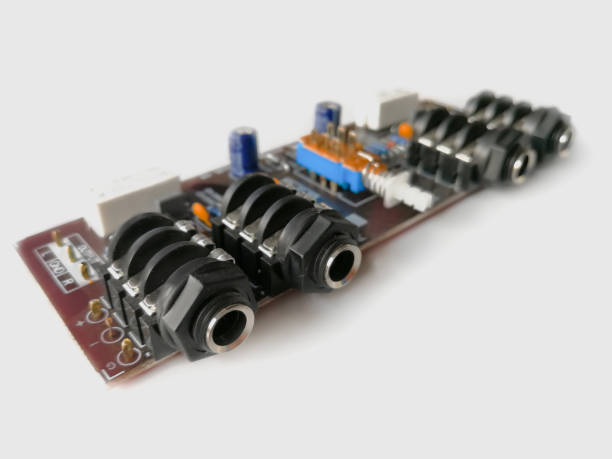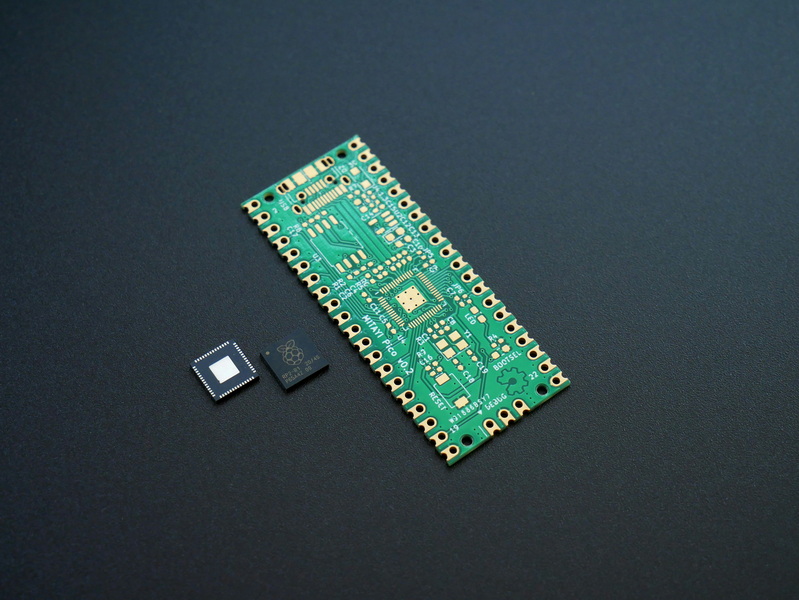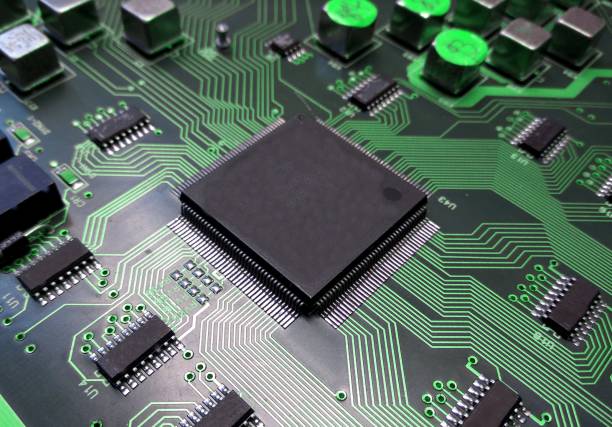Content Menu
● Understanding Surface Mount Device Socket Adapters
>> Key Features of Surface Mount Device Socket Adapters
● Types of Surface Mount Device Socket Adapters
>> DIP Adapters
>> PGA Adapters
>> SOIC to DIP Adapters
>> QFN and DFN Adapters
>> Custom Adapters
● Factors to Consider When Choosing a Surface Mount Device Socket Adapter
>> Application Requirements
>> Pin Count and Layout
>> Electrical Specifications
>> Thermal Considerations
>> Cost and Availability
● Installation and Usage Tips
● Conclusion
● Related Questions
>> 1. What is a surface mount device socket adapter?
>> 2. How do I choose the right adapter for my SMD?
>> 3. Can I use a DIP adapter for any SMD?
>> 4. What are the benefits of using surface mount device socket adapters?
>> 5. Are custom adapters available for unique applications?
Choosing the right surface mount device (SMD) socket adapter is crucial for ensuring the proper functionality and reliability of electronic devices. This article will guide you through the essential factors to consider when selecting a surface mount device socket adapter, the types available, and their applications. By the end, you will have a comprehensive understanding of how to make an informed choice.

Understanding Surface Mount Device Socket Adapters
Surface mount device socket adapters are essential components in modern electronics. They allow for the integration of surface mount devices into various circuit designs, facilitating easier testing, programming, and prototyping. These adapters convert the surface mount device's footprint to a more manageable format, such as dual in-line package (DIP) or pin grid array (PGA), making it compatible with standard sockets.
Key Features of Surface Mount Device Socket Adapters
1. Compatibility: Ensure the adapter matches the specific SMD you are using. Different SMDs have unique pin configurations and sizes.
2. Material Quality: High-quality materials ensure durability and reliability, reducing the risk of failure during operation.
3. Ease of Use: Look for adapters that are easy to install and remove, especially if frequent changes are expected.
4. Electrical Performance: Consider the electrical characteristics, such as resistance and capacitance, which can affect the performance of the circuit.
5. Thermal Management: Some applications may require adapters that can handle higher temperatures, so thermal performance is a critical factor.
Types of Surface Mount Device Socket Adapters
DIP Adapters
DIP adapters are designed to convert SMDs into a DIP format. They are widely used in prototyping and testing environments where SMDs need to be interfaced with standard DIP sockets.
PGA Adapters
PGA adapters are used for devices that require a pin grid array configuration. These adapters are ideal for high-performance applications where multiple connections are necessary.
SOIC to DIP Adapters
These adapters allow for the conversion of small outline integrated circuits (SOIC) to DIP format. They are particularly useful for integrating SOIC devices into legacy systems that utilize DIP sockets.
QFN and DFN Adapters
Quad flat no-lead (QFN) and dual flat no-lead (DFN) adapters are designed for compact SMDs. These adapters are essential for applications where space is limited, such as in mobile devices.
Custom Adapters
For specialized applications, custom adapters can be designed to meet specific requirements. These are often used in unique or proprietary systems.
Factors to Consider When Choosing a Surface Mount Device Socket Adapter
Application Requirements
Identify the specific requirements of your application. Consider factors such as the type of SMD, the environment in which it will operate, and the expected lifespan of the device.
Pin Count and Layout
Ensure that the adapter supports the pin count and layout of your SMD. Mismatched configurations can lead to poor connections and device failure.

Electrical Specifications
Review the electrical specifications of both the SMD and the adapter. Ensure that the adapter can handle the required voltage and current levels without degradation.
Thermal Considerations
Evaluate the thermal performance of the adapter. In high-power applications, inadequate thermal management can lead to overheating and failure.
Cost and Availability
Consider the cost of the adapter and its availability. While it may be tempting to choose the cheapest option, ensure that it meets all necessary specifications to avoid future issues.
Installation and Usage Tips
1. Follow Manufacturer Instructions: Always adhere to the installation guidelines provided by the manufacturer to ensure proper functionality.
2. Use Proper Tools: Utilize appropriate tools for installation to avoid damaging the adapter or the SMD.
3. Test Connections: After installation, test the connections to ensure that the SMD is functioning correctly within the circuit.
4. Regular Maintenance: Periodically check the adapter for signs of wear or damage, especially in high-use applications.
Conclusion
Choosing the right surface mount device socket adapter is a critical step in the design and implementation of electronic circuits. By understanding the various types of adapters, their features, and the factors to consider, you can make an informed decision that enhances the performance and reliability of your devices. Whether you are working on prototyping, testing, or production, the right adapter will facilitate smoother operations and better outcomes.

Related Questions
1. What is a surface mount device socket adapter?
A surface mount device socket adapter is a component that allows surface mount devices to be connected to standard sockets, facilitating easier testing and integration into electronic circuits.
2. How do I choose the right adapter for my SMD?
Consider the application requirements, pin count, electrical specifications, thermal considerations, and cost when selecting an adapter for your surface mount device.
3. Can I use a DIP adapter for any SMD?
No, DIP adapters are specific to certain SMD configurations. Ensure that the adapter matches the pin layout and size of your SMD.
4. What are the benefits of using surface mount device socket adapters?
They simplify the integration of SMDs into various circuit designs, allow for easier testing and programming, and can enhance the reliability of connections.
5. Are custom adapters available for unique applications?
Yes, custom surface mount device socket adapters can be designed to meet specific requirements for unique or proprietary systems.




















